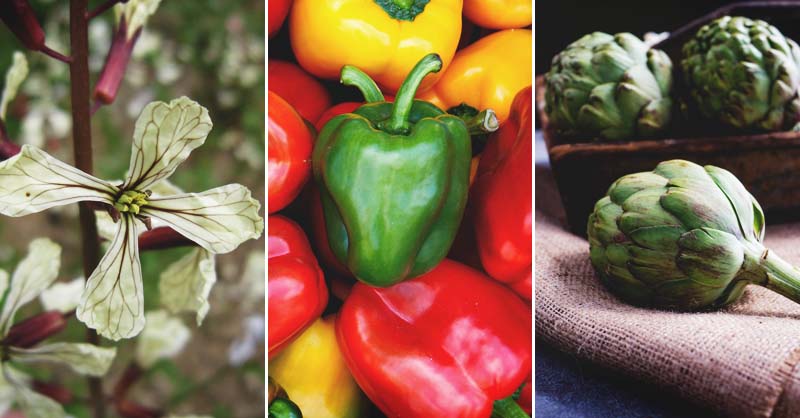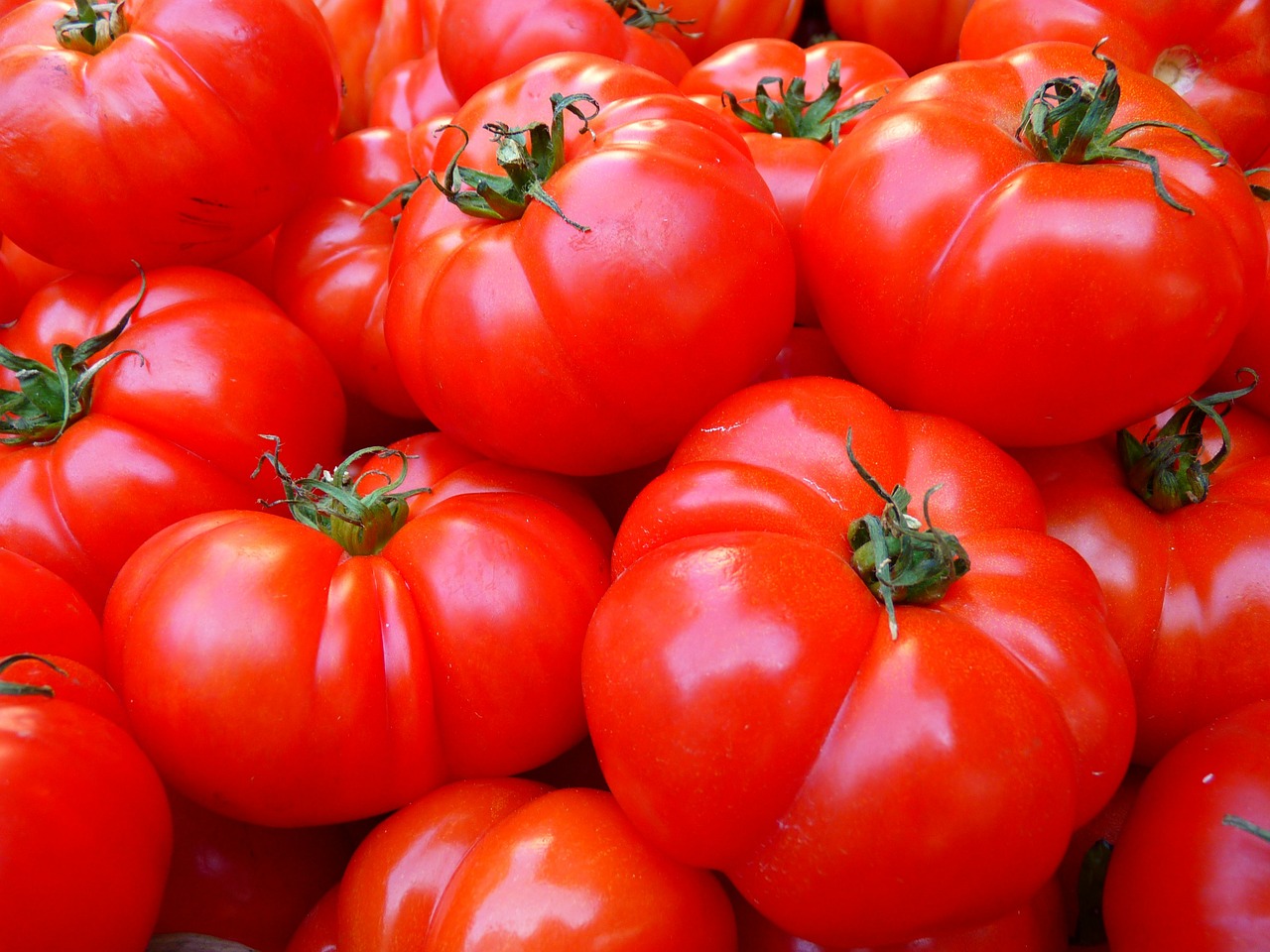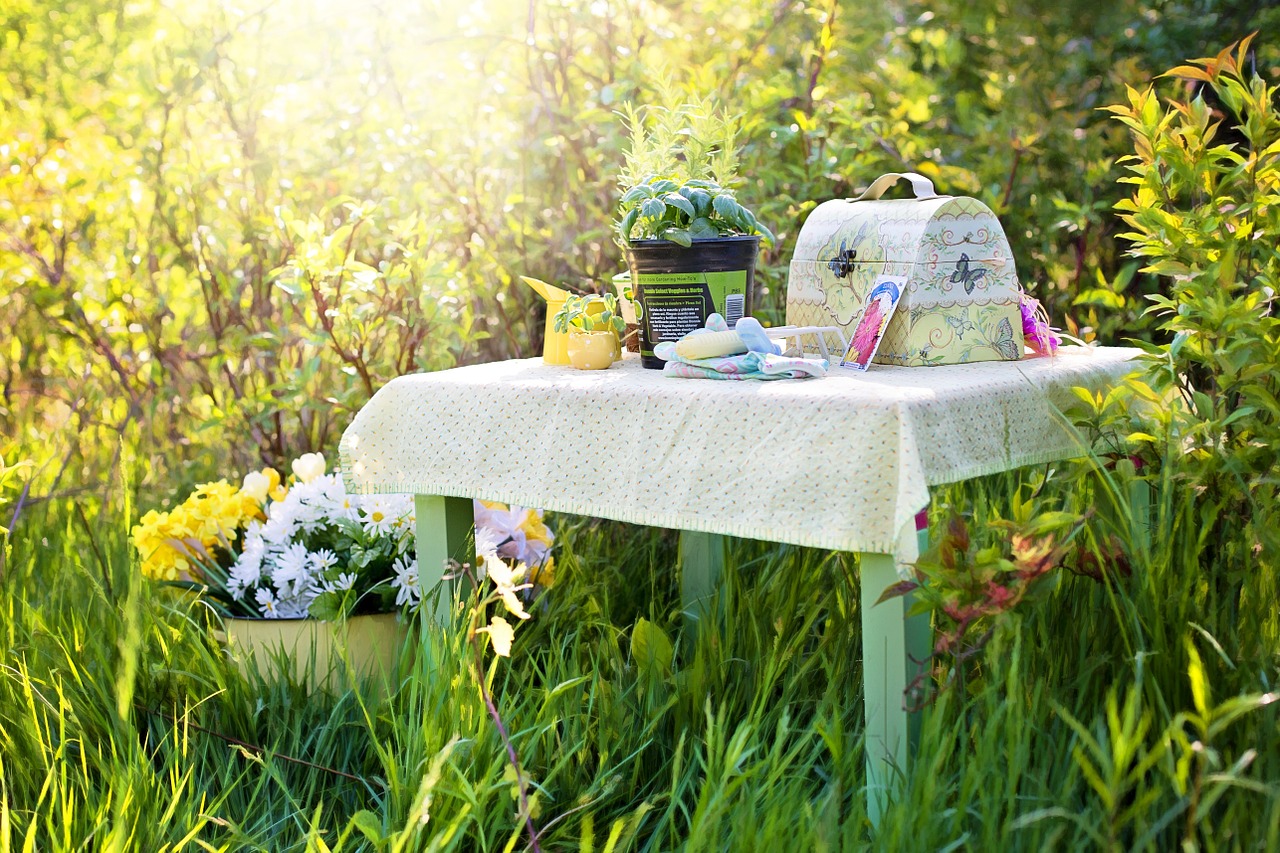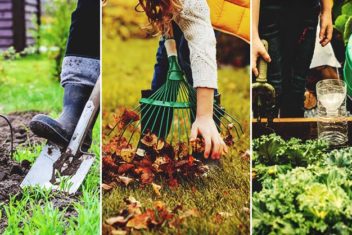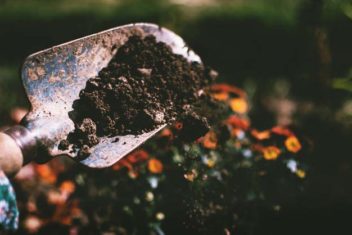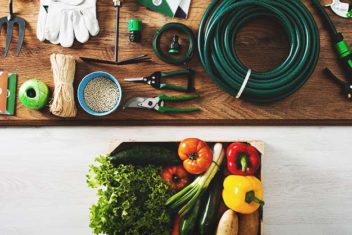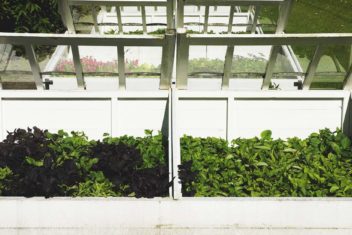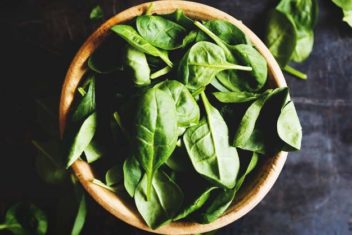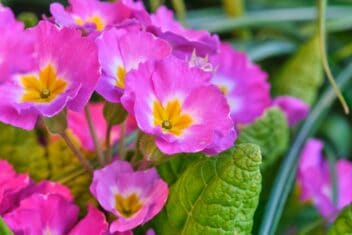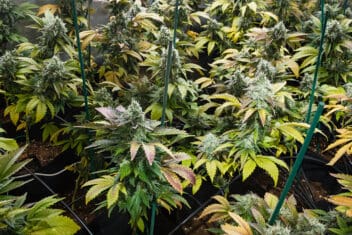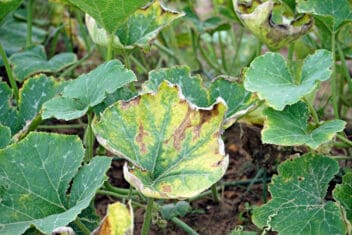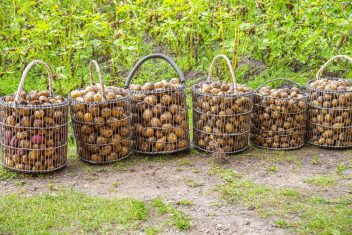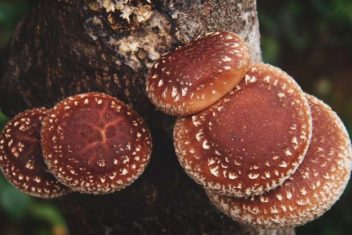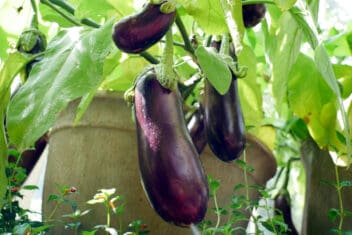Are you struggling to figure out which planting zone you’re in?
No worries, you can easily figure out with this planting zone map. Once you know which zone you’re in, you can know when and what to plant.
Zones in the US are between three and ten, and the warmer the location, the higher the number. I’m going to give you a tour around zone eight.
We’ll discuss a few planting tips for zone eight, and we’re going to take an imaginary tour around your soon-to-be garden to give you an idea of what you should be growing in this zone.
Ready? Great! Buckle up because we’re heading to zone eight:
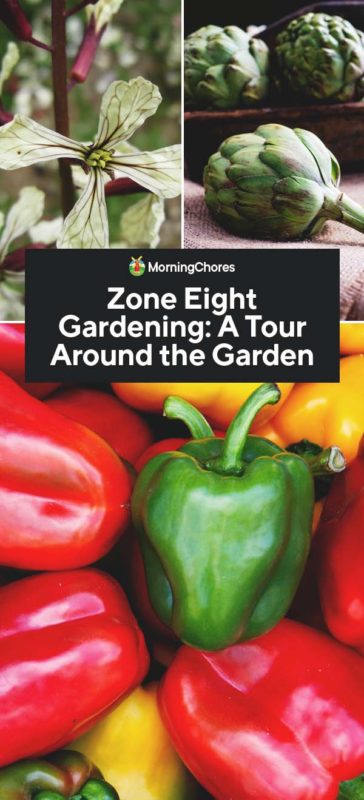
Zone Eight Gardening Starting Tips
Zone eight is a great area for growing. You’ll have milder winters with lows at approximately twenty° Fahrenheit.
But this also equates to having long
When one harvest gets done of a specific crop, you’ll probably have enough time to start a second planting.
You should be able to grow hearty crops over winter in a greenhouse or using a cold frame. If you’re new to gardening, be sure you understand how to water your plants properly, how to fertilize, how to weed your garden, and also proper pruning.
If you can manage these few things, you should do well gardening in zone eight.
A Tour of the Orchard
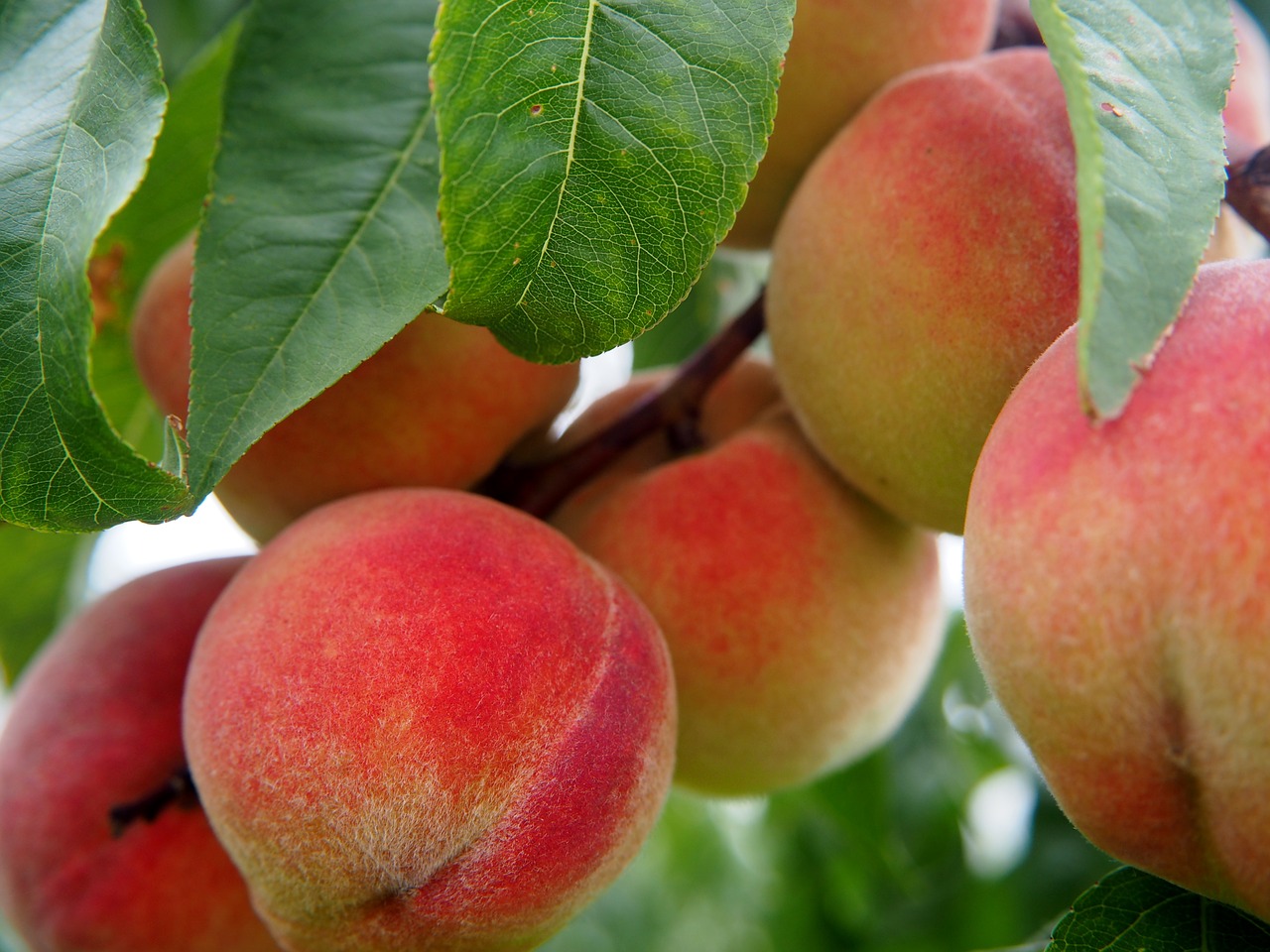
Since we know what to expect of zone eight’s temperatures, let’s begin discussing what should be growing in this zone.
Our first stop is your soon-to-be orchard. Keep in mind, even if you don’t have a large yard (or any yard at all) you can still have a small orchard.
Dwarf varieties grow beautifully in containers which are easily moved indoors during the winter. You can also move them into a greenhouse.
If you have a small yard, you can use them as part of an edible landscape. Here are the fruits you should choose for your orchard:
- Apple
- Pear
- Apricot
- Fig
- Grapes
- Peaches
- Cherries
- Citrus trees
- Nut trees
- Plum trees
Grapes do prefer a more permanent place to grow, but if you have a trellis or fence they could grow along, they do beautifully and should produce within a few years.
Let’s Head to the Berry Patch
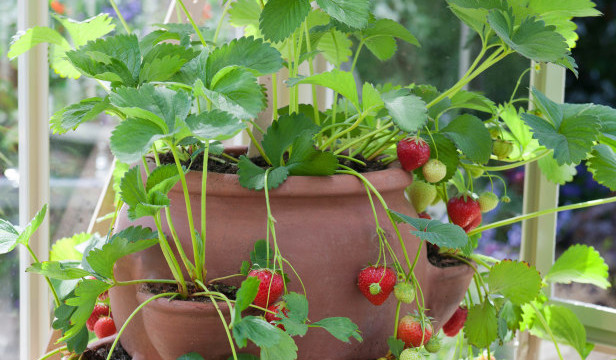
You can grow berries in containers or as small bushes if you don’t have room for a full-blown berry patch.
In this imaginary tour, we’re going to pretend you have a large plot with lots of room to grow a variety of berries.
Berries are a great crop to plant because unless they’re damaged by the elements or disease, they should return year after year.
If this interests in you, here are the berries you should consider planting in zone eight:
- Strawberries
- Blackberries
- Raspberries
- Blueberries
Strawberries come in perennial and annual varieties. If you plant the perennial variety, you won’t get much of a harvest the first year, but with each passing year, they’ll come back thicker and stronger with proper mulching and protection over the winter.
We’ll Walk Through Your Summer Garden
The temperatures are warming up, and it’s time to plant your summer garden. This is going to be a busy time of year because there’s a great deal to plant.
Let’s get started:
1. Bell Peppers
The hotter it is, the happier your bell peppers will be. Make sure they get adequate amount of watering depending upon the temperatures.
Also, keep an eye out for pests and disease. Once the weather gets warm, you’ll see the peppers take off.
2. Pumpkins
Pumpkins require a larger patch. You can plant large and small varieties. If you’d like to have pumpkins for Halloween, it’s best to plant them around July.
However, if you’d like them earlier or later in the year, adjust your planting time accordingly. Be sure they have adequate room to run and grow.
3. Cantaloupe
Do you enjoy eating fresh melon for breakfast? Cantaloupe is great for this. Keep in mind, they require a good deal of water because this is mainly what they’re made of.
Also, be sure you plant them to where they get a proper amount of sunlight as well. This is a vine and will sprawl out. Be sure to keep this in mind when planting it.
4. Corn
Corn is a unique plant. It prefers to be planted in tight rows or squares because this is how the wind will pollinate it for you.
Yet, you can purchase patio varieties, where it will grow in a pot on your patio. You won’t get as large of a harvest, but it makes it possible for almost anyone to enjoy fresh corn.
5. Cucumbers
If you enjoy fresh cucumber salad, cucumbers on your toss salad, or if you like pickles, you must grow cucumbers.
You can choose from large or small varieties. They also come in a patio version which works well for container gardening.
6. Eggplants
If you like eggplant, this is a great crop to grow in zone eight. Eggplant is a sore topic in my house. The one time I cooked it, the dish smelled delicious.
But when we began to eat it, we realized it was false advertisement.
7. Garlic
In cooler climates, garlic is planted in late fall, covered with mulch, and is harvested the next year. You can try this in zone eight.
However, I’ve found, if you plant it in early spring and allow it to grow over the summer, you get a quality harvest as well.
8. Peas
We’re going to consider peas part of your early spring or summer garden. Peas prefer to grow and be harvested before the weather warms up.
Therefore, it can be quite a challenge to grow them in a warmer climate. Be sure you plant while the temperatures are still cool and complete your harvest by early spring.
9. Sweet Potatoes
Sweet potatoes are a wonderful crop to have in your garden. They grow from ‘potato slips’ and produce a large harvest.
Be sure you have enough room in your garden to grow them. If you choose to grow a small amount in a container, be sure the dirt is loose enough and the container large enough.
10. Tomatoes
If you live in the south, you have to love tomatoes. They’re wonderful prepared many different ways. One of my favorite meals is simple: a tomato sandwich.
But you can’t replace a homegrown tomato. They’re wonderful as well because they can be grown in a garden or in a container, if you don’t have much grow space.
11. Watermelon
If you have a patch of your yard you’d like to forget about and not be forced to mow this summer, plant a watermelon patch there.
Watermelons grow on a vine, and they’ll sprawl out if you give them room. You can also choose between smaller watermelons and large picnic size watermelons.
12. Onions
Onions come in multiple varieties. Depending upon how long of a day they require to grow properly, will depend upon when you plant them.
Some onions should be planted in late fall or early winter for a spring harvest. While others will be planted in early spring for a late summer or early fall harvest.
Now for Your Fall Garden
You’ve made it through the hectic grow season of summer, but you’re not quite ready to curl up in front of the woodstove yet.
There’s still a variety of crops you can grow in zone eight during the fall and have a late fall or early winter harvest.
Remember, some of these crops are hearty enough they could produce all winter if protected from the elements.
If you have a greenhouse or cold frame, give it a try, and see what success you can have producing these crops into the winter months.
When the cool
Here are the crops perfect for your fall garden or winter greenhouse:
Most of these vegetables are root vegetables or hearty green vegetables. The root vegetables should grow well in a container if you’re lacking growing space.
Plus, they can be overwintered in your garden if you don’t have room for them when you harvest. Some people do grow some of the Cole crops mentioned in early spring too.
I prefer to grow them in the fall because I’ve had less difficulty with pests in the cooler weather. This will be your preference.
Lettuce and arugula are cool weather crops. They grow well in containers or in the ground and are a wonderful choice to try in your greenhouse over winter.
Perennial Patches and Herb Garden
We aren’t done yet with our imaginary garden tour. You still have a few more areas you can utilize to produce more crops.
If you have a herb garden consider growing:
- Chives
- Sorrel
- Thyme
- Marjoram
- Oregano
- Rosemary
- Sage
Yet, if you’re interested in having more perennials on your property, consider planting a perennial bed. You can include:
Our tour has now come to an end. Hopefully it’s inspired you to utilize the space you have to grow a variety of food.
You have a tremendous amount of options and should be able to grow food year-round with the proper set-up.
We wish you a happy and busy year of gardening so you can enjoy more fresh food and save money too.

